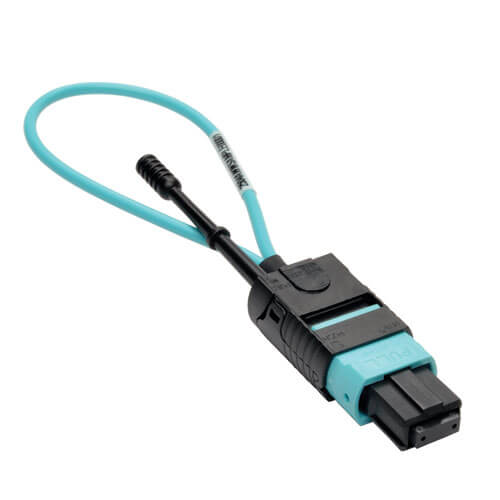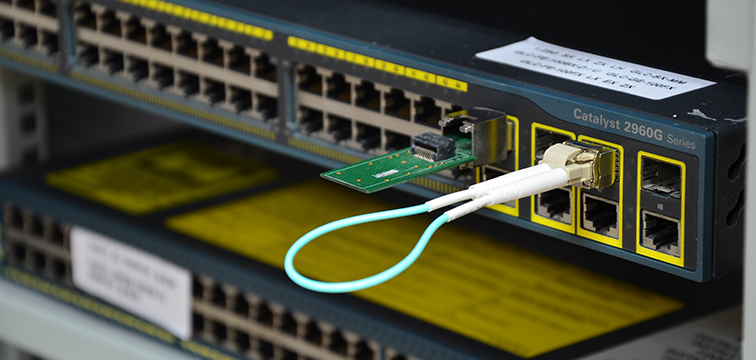
Good quality connectors also ensure the quality of an instrument cable. With increasing capacitance, there is a reduction in frequency response and therefore, the most minimal length of cable that can be chosen will result in a higher frequency response and as a result a better sound clarity. Picking the right length of cable that you need will also enable one to ensure a good quality cable since with an increase in cable length there is a resulting increase in capacitance. Fixing the ground loop fixes ground loop hum….but that’s another article. NOTE: Don’t buy into the hype of cable manufacturer claiming that their shielding protects against ground-loop hum.


stranded conductors – These conductors are stronger and allow more flexibility, but also more expensive.solid conductors – These are cheaper, and easier to solder, but are also weaker in strength and break easily.The center conductor of a guitar cable commonly has 2 basic concepts: However, if you are a gigging musician, and are constantly running into scenarios where having multiple sized cables around is important, or if you just plain like making stuff, then this post is for you and I hope you find it helpful.Ī good guitar cable is one that can transfer tone to either your amp or pedalboard with minimal noise or change in signal from point a to point b.

By the time you factor in your time and effort not only in making the cable, but also the effort in procuring the parts needed to make a cable, you could have bought a decent cable that will last you a long time.
MAKE A LOOPBACK CABLE PATCH
Now just a disclaimer here to save you some reading, if you only plan to have a few guitar cables and like one or two patch cables…just buy yourself some decent cables (btw I would recommend the Lava series cables, check them out on Amazon) and save yourself some time.

A lot of people tend to walk up to the wall-o-cable and grab the first thing they see on the shelf, and in the process, they miss out on some of the advantages the extra cash offers. It is strange to me how uncommon it is among most musicians to use a good quality instrument cable.
MAKE A LOOPBACK CABLE HOW TO


 0 kommentar(er)
0 kommentar(er)
